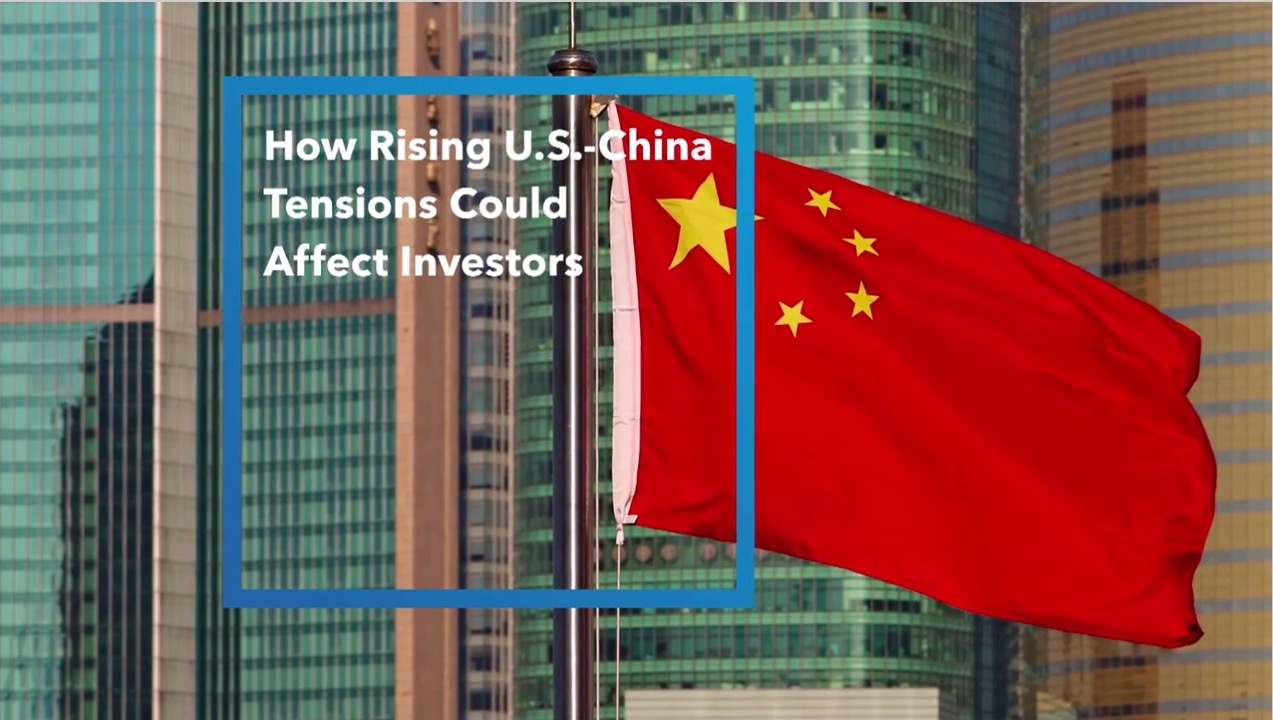"Three steps and a stumble" was first illustrated by Edson Gould, the legendary market technician from the 1930s through the 1970s. Ultimately the baton was passed from Gould to another legendary market analyst (and my mentor/boss for my first 13 years in this business), Marty Zweig, who incorporated the "rule" into his monetary policy indicator. The rule states that "whenever the Federal Reserve raises either the federal funds target rate, margin requirements, or reserve requirements three consecutive times without a decline, the stock market is likely to suffer a substantial, perhaps serious, setback."
But this has been far from a garden variety Fed policy cycle. The Fed is indeed in the process of raising interest rates—and they've already given us a third hike this past March—but they are also in control of a massive $4.5 trillion balance sheet courtesy of three rounds of quantitative easing (QE) since the financial crisis erupted. In short, the relationship between Fed policy moves and the stock market is arguably murkier than it’s ever been.
Throughout the recent period of near-obsessive focus (especially by the media) on the low level of market volatility—as measured by the CBOE Volatility Index (VIX)—we have suggested a spike in volatility could come from Fed actions. We did see a volatility spike last week, but that was clearly Trump-derived, not Fed-derived. The former remains a risk for volatility and markets, but today’s report will focus on the latter.
From QE to QT
The Fed began adding Treasury and mortgage-backed securities to its balance sheet in the midst of the global financial crisis, since which time the assets on its balance sheet have ballooned to about $4.5 trillion. As you can see in the chart below, there were three distinct phases of QE—denoted by the shadings in the chart—in between which volatility spiked, due to the absence of QE-based stimulus. Now that the Fed has moved away from QE and is tightening policy via rate hikes, the upcoming move to quantitative tightening (QT) begs the question whether we are heading into another period of heightened volatility.
Source: FactSet, Federal Reserve, as of May 19, 2017.
Why shrink the balance sheet now?
QE was implemented in response to the severe weakness in the U.S. economy during the financial crisis; and with the return of some semblance of economic normalcy, comes the need to move monetary policy back toward "normal" (however that's defined these days). In addition, since the Fed began raising short-term interest rates in late-2015, financial conditions have actually loosened, as you can see in the chart below (higher reading = looser financial conditions). This helps explain the near-100% likelihood (based on the fed funds futures market) that the Fed raises rates again at the June meeting.
Source: Bloomberg, as of May 19, 2017. The Bloomberg U.S. Financial Conditions Index tracks the overall level of financial stress in the U.S. money, bond, and equity markets to help assess the availability and cost of credit. A positive value indicates accommodative financial conditions, while a negative value indicates tighter financial conditions relative to pre-crisis norms.
Allowing the balance sheet to shrink also gives ammunition back to the Fed to ease policy when the next recession occurs. But the Fed is navigating uncharted waters in trying to shrink such a gargantuan balance sheet; which is why the process is likely to be very gradual, but also why periods of market volatility could ensue. Lombard Street Research (LSR) used the clever term "passive unaggressive" to describe the likely smooth, autopilot adjustment to the balance sheet that will rely mainly on ceasing reinvestment and allowing securities to roll off as they mature.
Conundrum redux?
The Federal Open Market Committee (FOMC) is likely to begin telegraphing its plans for the timing of, and process for, shrinking the balance sheet. One concern is that the FOMC’s many talking heads—why we jokingly call it the Federal Open Mouth Committee—will confuse markets; especially given that we will soon be in an era of both rate hikes and balance sheet reductions. The consensus is gelling around the idea that the combination of QT and rate hikes will allow the FOMC to raise interest rates across the entire maturity curve. This would ostensibly lessen the risk of a repeat of the "conundrum" experienced from 2004 through 2006; when the Fed raised rates 17 consecutive times with minimal impact on longer-term rates; thereby inverting the yield curve.
Assuming no conundrum and Treasury yields begin to rise as the Fed continues to tighten policy, many investors are expressing concern about the implications for the stock market. As you can see in the chart below, for now stock market investors should not fear higher interest rates. The chart shows a rolling longer-term correlation between the 10-year Treasury yield and the S&P 500; which is presently at a very high, positive level. In fact, we are in the third major era of "reflation"—with deflation risk easing, reflation taking hold, and economic growth picking up. As interest rates rise during a reflation era, they tend to be rising from a very low level and don't choke off the economy, or a bull market in stocks.
Source: FactSet, The Leuthold Group, as of April 30, 2017. Rolling 10-year correlation between monthly % change in S&P 500 and 10-year bond yields.
Finally, at this stage of the monetary policy cycle, it may be instructive to take a longer-term look at the implications for the stock market and economy during rate hike cycles.
Source: Ned Davis Research (NDR), Inc. (Further distribution prohibited without prior permission. Copyright 2017(c) Ned Davis Research, Inc. All rights reserved.).Tightening cycle defined as at least 3 consecutive rate increases without an intervening easing cycle. *Coincident index starts in 1948 so performance is for the period of 1/31/1948– 12/31/1952. The Coincident Index is useful in gauging the performance of the economy. The indicators tend to move up or down in line with current economic activity and do not require as many significant revisions as the more popular GDP numbers.
In sum
Based on history, investors should not gravely fear a continuation of the rate hike cycle. Stocks historically performed fairly well, as did the economy more broadly. However, the wrinkle this time is courtesy of QT, which could be a factor driving increased volatility this year and into next year.
*****
Important Disclosures
The information provided here is for general informational purposes only and should not be considered an individualized recommendation or personalized investment advice. The investment strategies mentioned here may not be suitable for everyone. Each investor needs to review an investment strategy for his or her own particular situation before making any investment decision.
All expressions of opinion are subject to change without notice in reaction to shifting market conditions. Data contained herein from third party providers is obtained from what are considered reliable sources. However, its accuracy, completeness or reliability cannot be guaranteed.
Examples provided are for illustrative purposes only and not intended to be reflective of results you can expect to achieve.
Copyright © Charles Schwab & Co., Inc.












